
My Milky Way Chase - Astrophotography Expertise
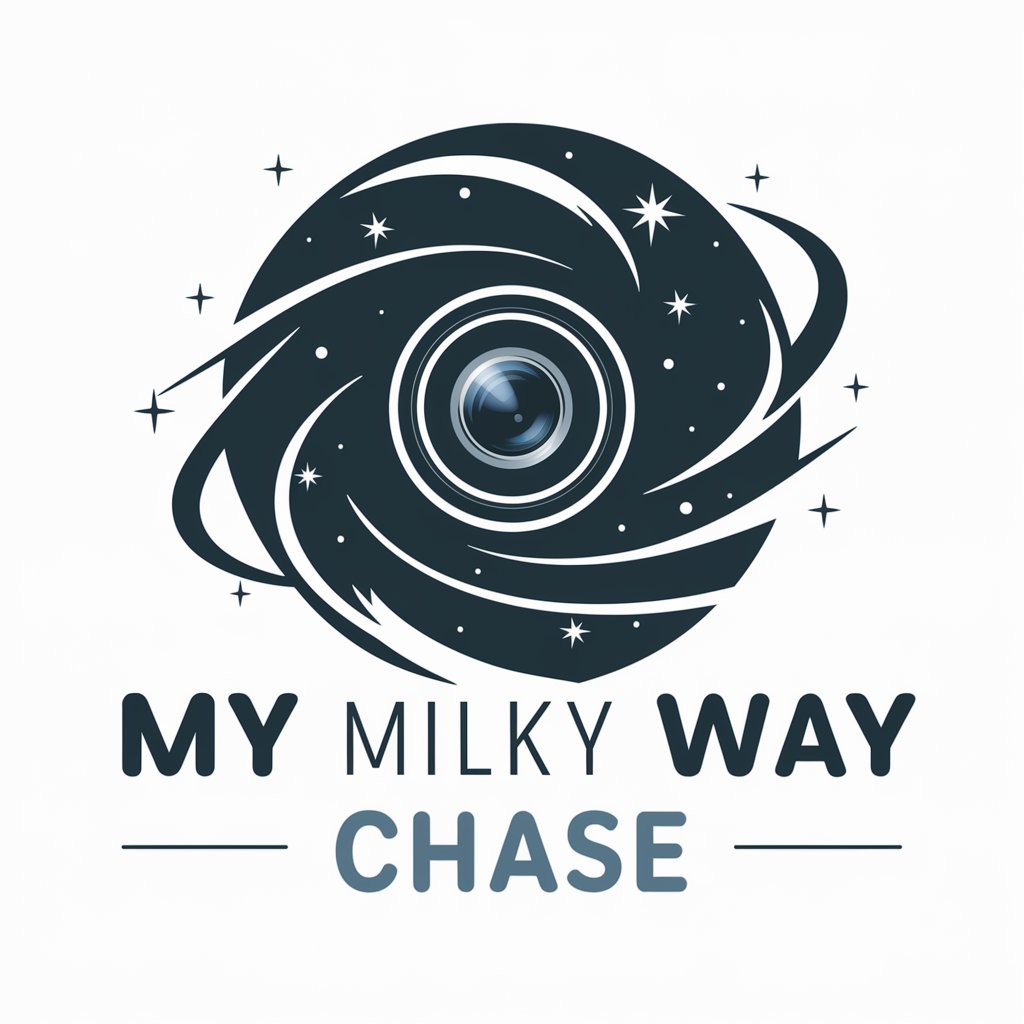
Welcome to My Milky Way Chase, your ultimate astrophotography guide!
Unlock the night sky with AI guidance
Explain the importance of the exposure triangle in astrophotography.
Describe the best camera settings for capturing the Milky Way.
How can I find the best locations for Milky Way photography?
What advanced techniques can enhance night sky images?
Get Embed Code
Introduction to My Milky Way Chase
My Milky Way Chase is a specialized astrophotography guide designed to empower photographers at various skill levels to capture the breathtaking beauty of the night sky, with a particular focus on the Milky Way. This guide synthesizes complex astrophotography principles into accessible, actionable advice, focusing on the exposure triangle—aperture, shutter speed, and ISO—as the cornerstone for capturing stellar images. Additionally, it underscores the importance of using a wide-angle lens with a large aperture, adherence to the 'Rule of 500' to prevent star trailing, and the implementation of a 2-5 second timer to minimize camera shake. Through practical advice, including manual focusing on a bright star for sharper images, My Milky Way Chase aims to make the art of astrophotography attainable for enthusiasts and professionals alike. An example scenario where My Milky Way Chase proves invaluable is planning a photography trip to Sedona, Arizona. The guide would offer insights into selecting the best time for the trip, based on the position of the Milky Way, and recommend specific settings to capture the galaxy amidst Sedona’s iconic red rock landscapes. Powered by ChatGPT-4o。

Main Functions of My Milky Way Chase
Educational Content on Astrophotography
Example
Explaining the 'Rule of 500' and its application to ensure sharp stars without trails.
Scenario
A beginner astrophotographer planning their first night shoot learns how to calculate the maximum shutter speed to use with their 24mm lens to capture clear, sharp stars.
Location Recommendations
Example
Providing curated lists of prime locations like Sedona, Arizona, and Southern Utah for Milky Way photography.
Scenario
An experienced photographer looking for new, breathtaking landscapes to frame the Milky Way uses the guide to discover dark sky areas with minimal light pollution and scenic foregrounds.
Advanced Techniques for Image Quality Improvement
Example
Guidance on stacking, tracking, and blending techniques to reduce noise and enhance image clarity and dynamic range.
Scenario
A hobbyist astrophotographer seeks to improve their Milky Way images and uses the guide to learn how to stack multiple exposures for reduced noise and enhanced detail.
Ideal Users of My Milky Way Chase
Astrophotography Enthusiasts
Individuals passionate about capturing the night sky, ranging from beginners curious about astrophotography fundamentals to seasoned photographers looking to refine their techniques. They benefit from comprehensive guidance on camera settings, composition, and post-processing techniques specific to Milky Way photography.
Travel Photographers
Photographers who explore and capture diverse landscapes and are interested in adding stunning night sky images to their portfolio. They gain from location-specific advice that helps in planning photography trips around celestial events and finding dark skies for optimal Milky Way visibility.
Photography Students and Educators
Students learning photography with a focus on astrophotography and educators teaching courses on night photography will find the guide a valuable educational resource. It offers a structured approach to understanding and teaching the technical and artistic aspects of capturing the Milky Way.

How to Use My Milky Way Chase
Begin Free Trial
Start by visiting yeschat.ai to activate a free trial instantly, no login or ChatGPT Plus subscription required.
Understand the Basics
Familiarize yourself with the core concepts of astrophotography, especially the exposure triangle (aperture, shutter speed, and ISO), to fully utilize the guide.
Explore Features
Dive into advanced techniques such as stacking, tracking, and blending for noise reduction and image quality enhancement, using the tool's detailed explanations and examples.
Location and Timing
Use the tool to learn about choosing the right location and timing for Milky Way photography, focusing on areas with dark skies and scenic landscapes.
Review and Practice
Review the practical examples and resources provided, and practice your astrophotography skills based on the guide's recommendations.
Try other advanced and practical GPTs
Star Chaser
Explore the cosmos with AI-powered launch insights.
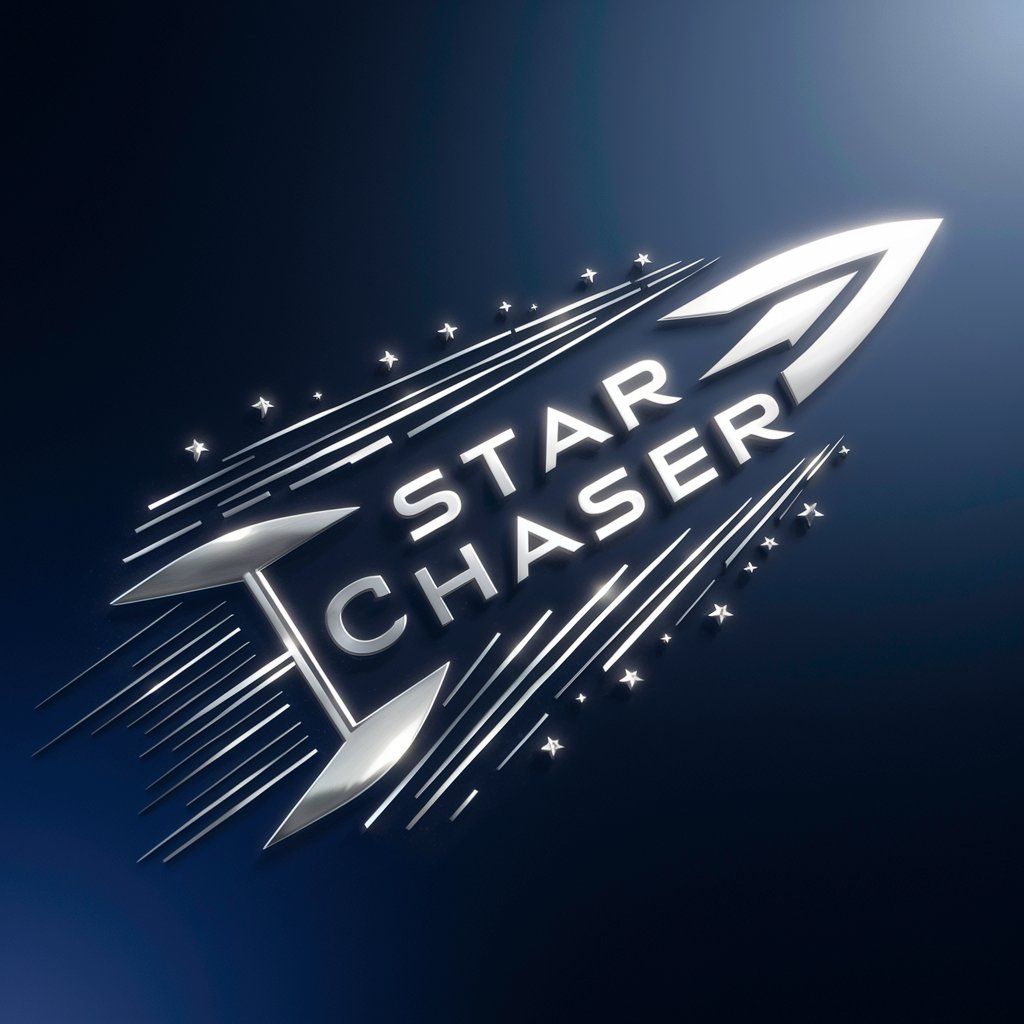
Optima Clase
Master English with AI

Pocket Dungeon Master - The Wild Sheep Chase
Embark on a magical quest with AI-powered guidance.
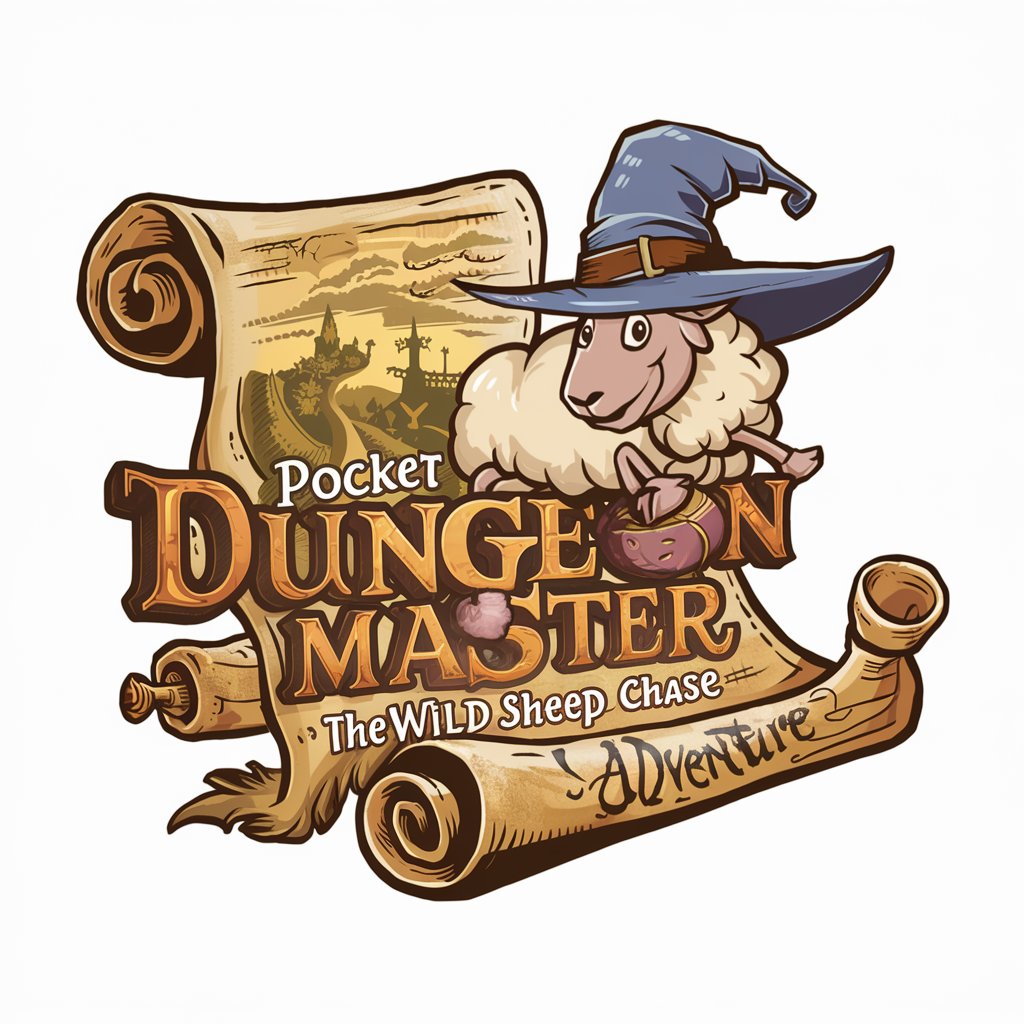
Game - The Sub-Zero Turkey Chase
Shape your legacy with every roll.

Chase Sueños
Empowering Educational Innovation with AI

Chevy Chase
Empowering Conversation with AI Insight

Paper Chaser
Empowering your career journey with AI.
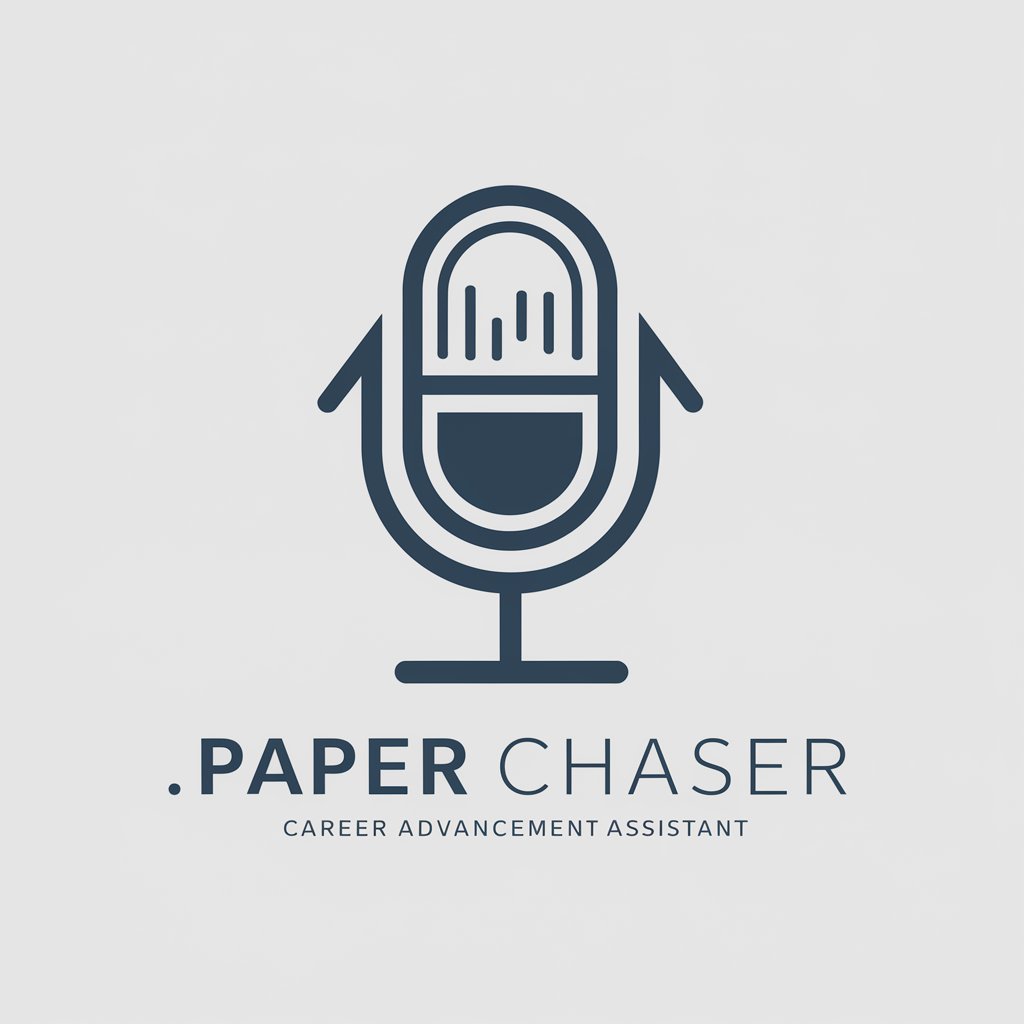
JAMIE CHASE LEGAL ANALYST
Empowering Legal Decisions with AI
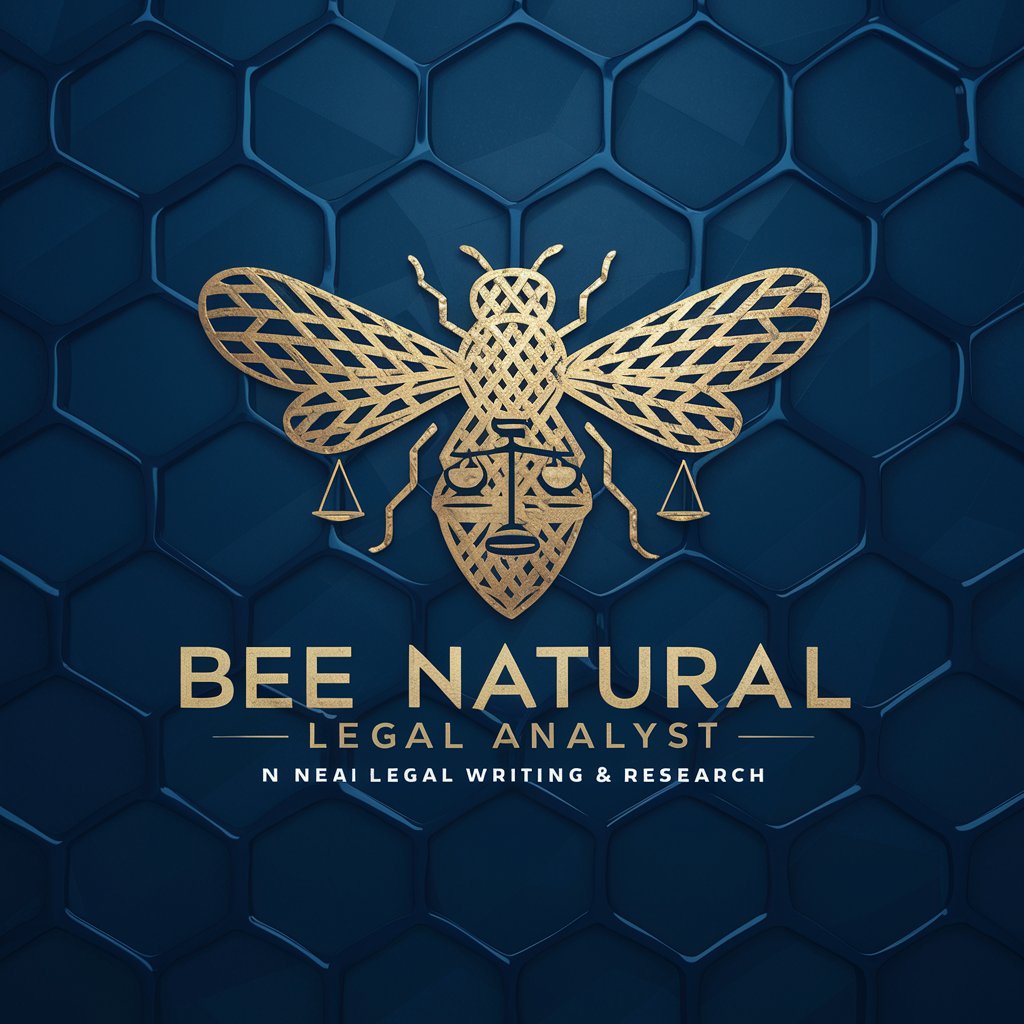
Secret Chamber
Secure Your Secrets with AI

Secret Teachings
Uncover Ancient Wisdom, AI-Powered
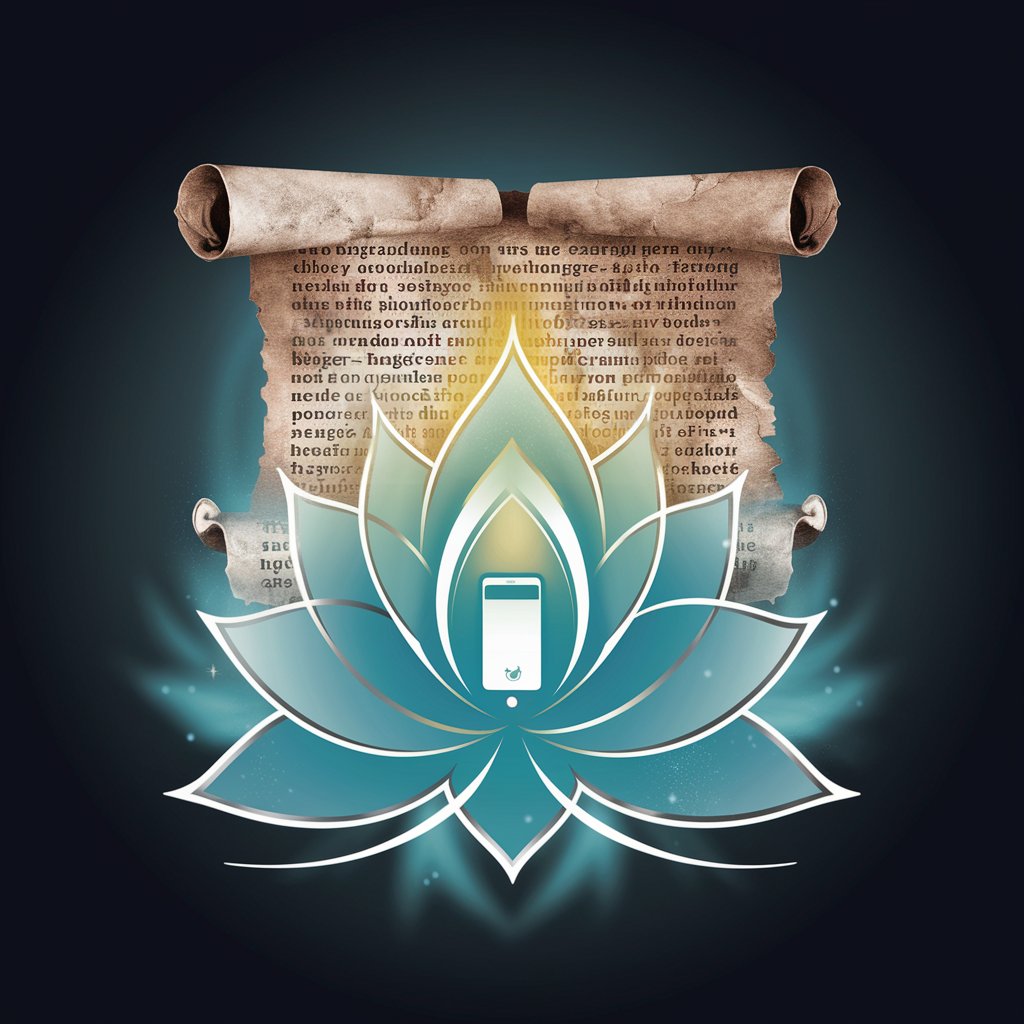
Victoria's Secret
Empowering Creativity with AI

Secret GPT
Unraveling Mysteries with AI
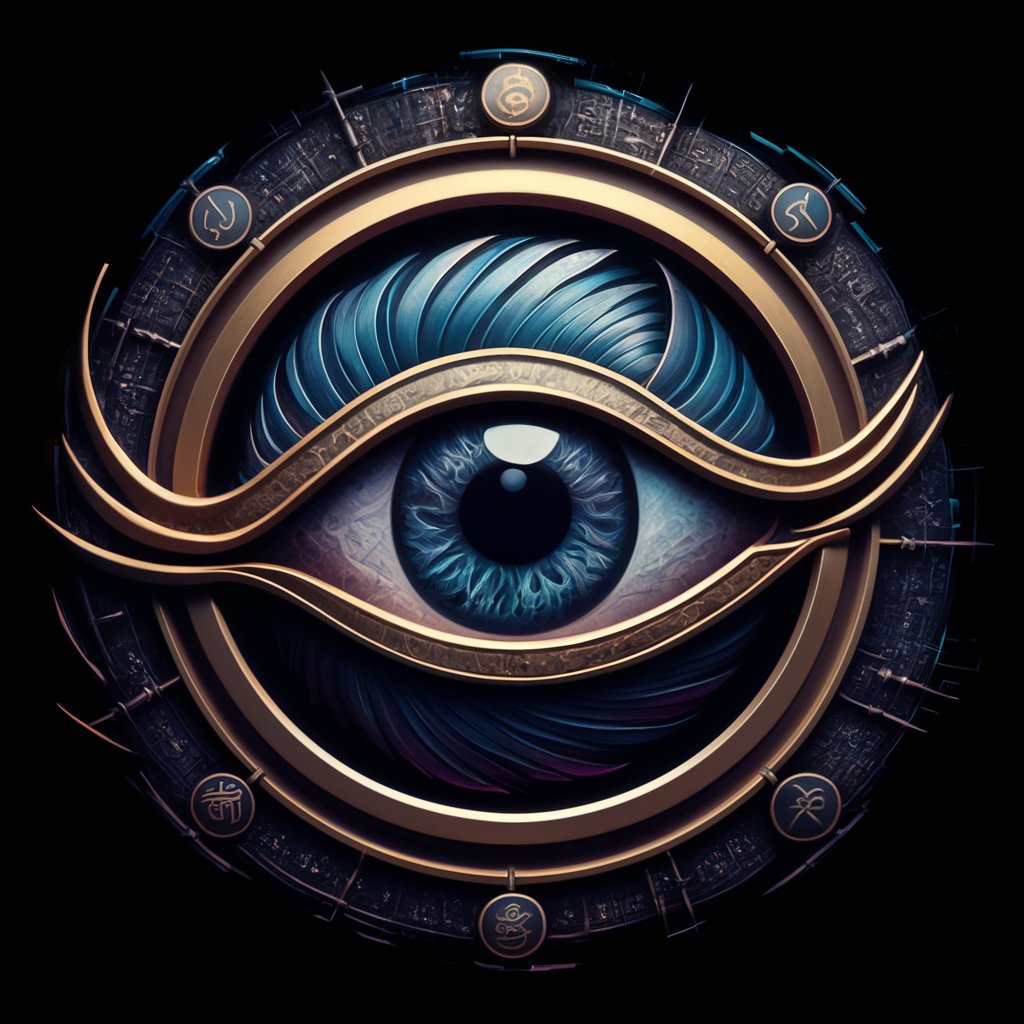
Frequently Asked Questions about My Milky Way Chase
What is the 'Rule of 500' and how does it apply to My Milky Way Chase?
The 'Rule of 500' is a guideline for setting the maximum shutter speed to avoid star trails. My Milky Way Chase applies this rule to recommend shutter speeds based on your camera's focal length for sharp star images.
Can I use My Milky Way Chase without prior astrophotography experience?
Absolutely. The guide is designed to simplify complex concepts, making astrophotography accessible to beginners while also offering advanced techniques for experienced photographers.
How does stacking enhance image quality in astrophotography?
Stacking involves combining multiple exposures of the same scene to reduce noise and increase detail. My Milky Way Chase explains how to effectively use stacking to achieve clearer Milky Way photos.
What locations does My Milky Way Chase recommend for astrophotography?
It specifically recommends places like Sedona, Arizona, Northern Arizona, and Southern Utah, highlighting their dark skies and beautiful landscapes as ideal for Milky Way photography.
How does My Milky Way Chase help with composition and timing?
The tool offers guidance on mastering composition by understanding the Milky Way's position throughout the year and suggests the best times and locations to capture it in all its glory.
